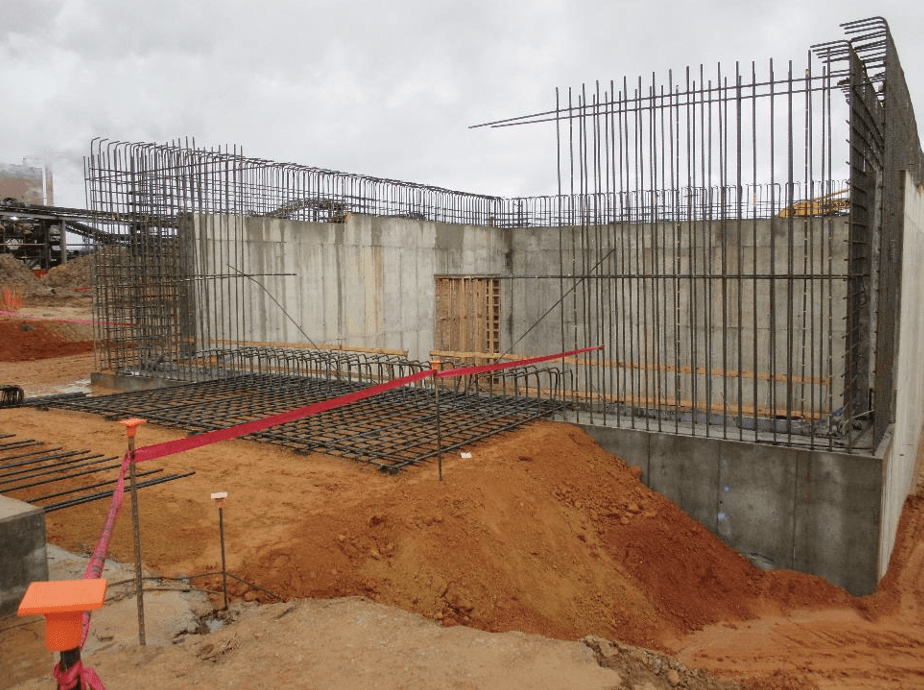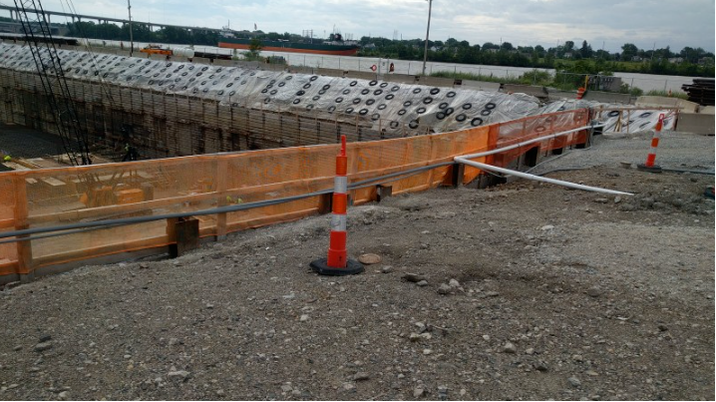Consulting Civil Engineering Companies Providing Geotechnical Solutions
Consulting Civil Engineering Companies Providing Geotechnical Solutions
Blog Article
A Thorough Evaluation of the Solutions Offered by Consulting Engineers in the Area of Geotechnical Design: From Website Investigation to Task Execution
Consulting engineers in geotechnical design play a crucial role in the successful execution of building tasks, beginning with thorough website investigations that expose critical subsurface conditions. Their expertise encompasses soil residential property assessments, environmental influence analyses, and the mindful tracking of project implementation, making sure positioning with safety and security and sustainability requirements. Each phase is interlinked, providing distinct challenges and factors to consider that can dramatically affect task end results. As we discover these essential services, it comes to be evident that understanding their implications is crucial for efficient task management and risk mitigation. What complexities lie within each of these phases that demand our interest?
Importance of Geotechnical Engineering
Geotechnical design is an important self-control that underpins the safety and sustainability of civil facilities jobs. By recognizing the mechanical behavior of soil and rock materials, geotechnical designers examine the suitability of websites for various building and constructions, including structures, bridges, and dams. This essential analysis guarantees that structures can stand up to environmental elements and tons without experiencing failing.
The importance of geotechnical engineering extends past plain architectural safety and security; it additionally encompasses environmental stewardship. Proper geotechnical evaluations add to reducing the environmental impact of construction. Via careful assessment of soil buildings and groundwater conditions, designers can create structures and keeping frameworks that reduce dangers such as disintegration and landslides, promoting lasting security.
Furthermore, geotechnical design plays an essential role in project price monitoring. geotechnical works. By recognizing prospective concerns early in the design phase, designers can advise suitable solutions, hence preventing pricey hold-ups and redesigns throughout construction. This proactive method not just boosts job effectiveness however likewise significantly lowers threats related to unexpected website problems
Site Examination Strategies
Efficient website examination techniques are vital for gathering exact information concerning subsurface problems prior to building. These strategies promote the understanding of the geological and hydrological environment, which is crucial for guaranteeing the security and security of recommended frameworks.
Typical techniques utilized in site examinations consist of borehole boring, which permits designers to remove dirt samples at different midsts, giving understandings into stratification and material kinds. Additionally, geophysical studies, such as seismic refraction and electrical resistivity, deal non-invasive methods to analyze subsurface characteristics over larger locations. These techniques can aid determine abnormalities without extensive excavation.
Test pits are one more useful method, offering straight observation of dirt layers and enabling in-situ testing. geotechnical works. This strategy is especially useful for superficial excavations and can assist examine groundwater levels. Furthermore, cone infiltration examinations (CPT) are progressively made use of, as they offer constant profiles of dirt resistance, which helps in determining dirt stamina and layering.
Each of these methods plays an important duty in developing a comprehensive understanding of site problems, making it possible for consulting engineers to make enlightened choices and referrals throughout the project lifecycle. Exact data collection throughout the site examination stage is crucial to mitigating dangers and ensuring effective task execution.
Dirt Property Evaluation

The analysis process normally involves a combination of research laboratory examinations and area examinations. Secret buildings such as shear strength, compressibility, permeability, and wetness web content are evaluated to figure out the dirt's viability for building purposes. Standard tests, including the Atterberg limitations, Proctor compaction, and triaxial shear examinations, are typically utilized to collect information YOURURL.com on dirt habits.
In enhancement to these tests, in-situ methods such as the Criterion Infiltration Test (SPT) and Cone Penetration Test (CPT) supply important understandings into dirt stratigraphy and density. The results of these analyses notify engineers regarding prospective difficulties, such as soil liquefaction or settlement, allowing them to develop suitable mitigation techniques.
Environmental Impact Analysis
Environmental impact evaluation plays a critical role in the planning and implementation of design projects, specifically in geotechnical engineering. This process involves examining the possible ecological repercussions of suggested projects on soil, water, air top quality, and surrounding communities. Consulting designers utilize different methods, consisting of site evaluations, modeling, and area research studies, to recognize and evaluate these impacts.
The analysis commonly starts with the recognition of standard environmental problems, which works as a recommendation for anticipating possible changes. Designers examine aspects such as disintegration, groundwater contamination, and habitat disturbance, making certain that all relevant environmental policies and guidelines are abided by throughout the project lifecycle. Stakeholder involvement is additionally an important component of the analysis procedure, as it promotes interaction in between project developers, neighborhood areas, and regulatory bodies.
In addition, mitigation techniques are established to resolve identified influences, permitting engineers to suggest choices or adjustments to forecast layouts that boost sustainability. This aggressive approach not just reduces unfavorable results on the atmosphere however additionally advertises public trust and conformity with ecological regulations. Ultimately, reliable ecological impact analysis strengthens the overall integrity and feasibility of geotechnical engineering tasks, sustaining accountable advancement practices.
Project Application and Monitoring

Tracking is a necessary part of task implementation. Designers utilize different strategies, such as instrumentation and field tests, to evaluate soil habits and structural reactions in real-time. This constant monitoring makes it possible for the identification of any kind of variances from expected performance, permitting prompt interventions to alleviate risks.
Moreover, speaking with designers keep open interaction with professionals and stakeholders throughout the process. Normal website examinations and development reports ensure that all events are notified concerning project standing and any kind of arising issues. By fostering partnership and transparency, seeking advice from engineers assist in a much more efficient execution process, thus improving project end results.
Inevitably, reliable project application and surveillance not only support safety and top quality standards however additionally add to the overall success of geotechnical jobs, Full Article guaranteeing they fulfill their designated objectives sustainably and sensibly.

Conclusion
Finally, the function of consulting engineers in geotechnical engineering incorporates an important sequence of solutions that make certain project success. From thorough website investigations to comprehensive soil home evaluations and environmental Bonuses impact examinations, these experts lay the foundation for secure and lasting building and construction techniques. Continuous surveillance throughout job implementation even more ensures structural integrity and stakeholder communication. Inevitably, the multifaceted payments of seeking advice from designers are important in attending to the complexities of geotechnical obstacles in modern engineering jobs.
Report this page